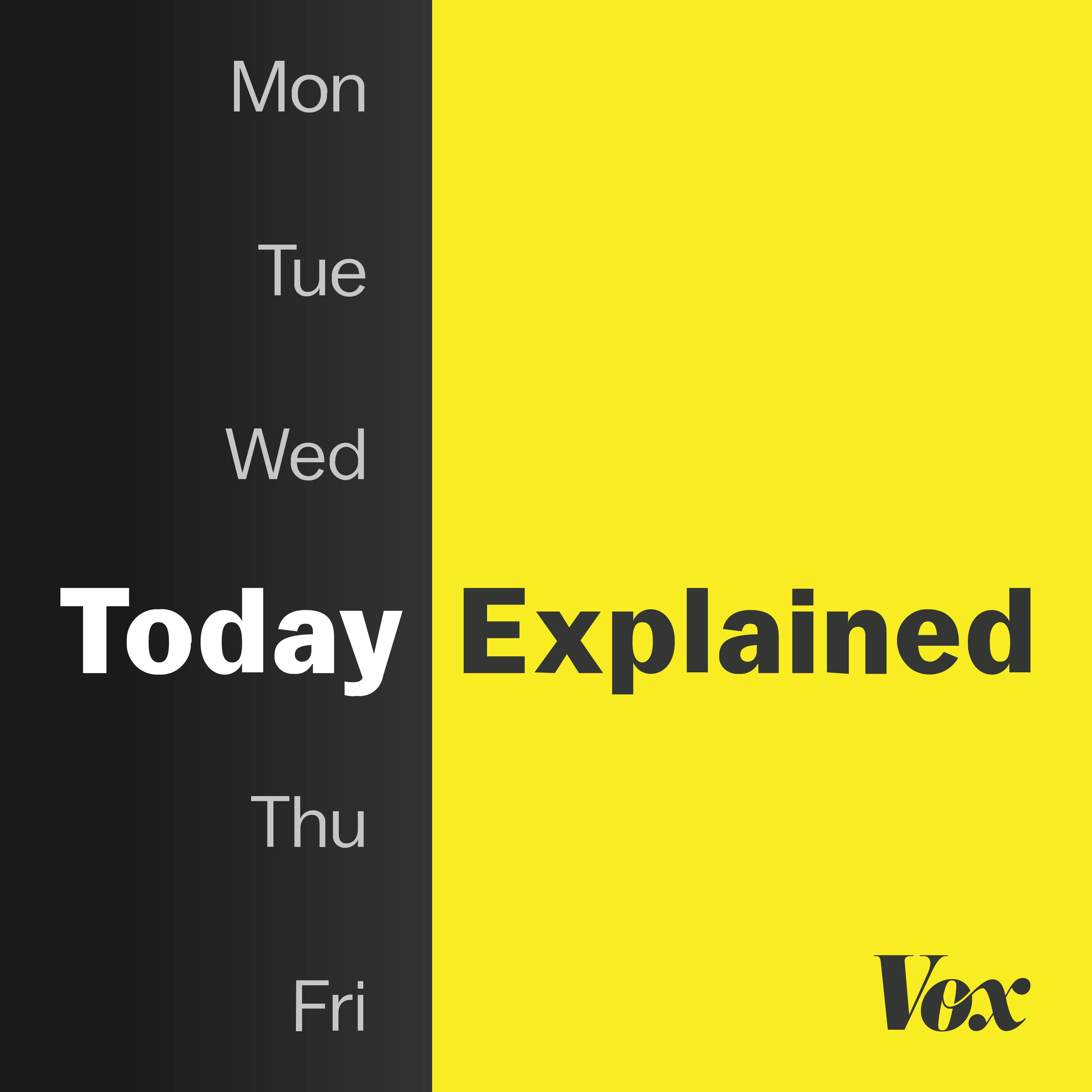
Deep Dive
What is the current trend in marijuana use compared to alcohol in the United States?
For the first time in 2022, more Americans reported using marijuana daily or nearly daily than consuming alcohol at the same rate. Approximately 17.7 million Americans, or 5% of the population, use marijuana daily or near daily.
What are the potential health risks associated with daily marijuana use?
Daily marijuana use can lead to cannabis use disorder, with up to 18 million Americans potentially affected. It is also associated with cannabinoid hyperemesis syndrome, which causes severe nausea and vomiting, and increased risks of stroke, cardiovascular disease, and mental health issues like depression and suicidal ideation, particularly in teens.
What is cannabinoid hyperemesis syndrome (CHS) and how does it affect users?
Cannabinoid hyperemesis syndrome (CHS) is a condition affecting heavy, long-term marijuana users, causing severe cycles of nausea, vomiting, and stomach pain. Some sufferers find temporary relief only through hot showers, which has led to cases of burns from excessive heat exposure.
How has marijuana legalization impacted youth access and criminal justice in Canada?
In Canada, marijuana legalization aimed to reduce youth access, create a legal framework for adult use, and lessen the burden on the criminal justice system. While youth consumption has not sharply increased, arrests for cannabis have significantly decreased, and a large legal cannabis market has emerged.
What are the economic and public health outcomes of marijuana legalization in Canada?
Canada's legalization has led to a booming cannabis economy, displacing the illegal market. However, it has also resulted in increased emergency room visits for conditions like CHS, higher rates of cannabis use among pregnant women, and more impaired driving incidents involving cannabis.
How does Quebec's approach to marijuana legalization differ from other Canadian provinces?
Quebec has implemented stricter public health measures, including a higher legal age for access (21), banning edibles that resemble candy, and maintaining a provincial monopoly on cannabis sales. These measures have resulted in fewer observed harms compared to other provinces.
What advice does Dr. James McKillop offer to frequent marijuana users?
Dr. James McKillop recommends that frequent marijuana users consider taking a month off, similar to 'dry January,' to assess their relationship with cannabis. This break can help identify potential dependency and provide mental and physical health benefits.
- Daily marijuana use surpasses daily alcohol consumption in the US.
- 17.7 million Americans report daily or near-daily marijuana use.
- The potency and frequency of marijuana use are largely unknown.
- The long-term health consequences of widespread marijuana use are unclear.
Shownotes Transcript
More Americans are now daily weed smokers than daily drinkers. To better understand this public health experiment, we turn to Canada, which has federally legalized marijuana.
This episode was produced by Avishay Artsy, edited by Amina Al-Sadi, fact-checked by Laura Bullard, engineered by Andrea Kristinsdottir and Patrick Boyd, and hosted by Sean Rameswaram.
Transcript at vox.com/today-explained-podcast)
Support Today, Explained by becoming a Vox Member today: http://www.vox.com/members)
An unlicensed smoke shop selling marijuana in New York City. Photo by Deb Cohn-Orbach/UCG/Universal Images Group via Getty Images.
Learn more about your ad choices. Visit podcastchoices.com/adchoices)
